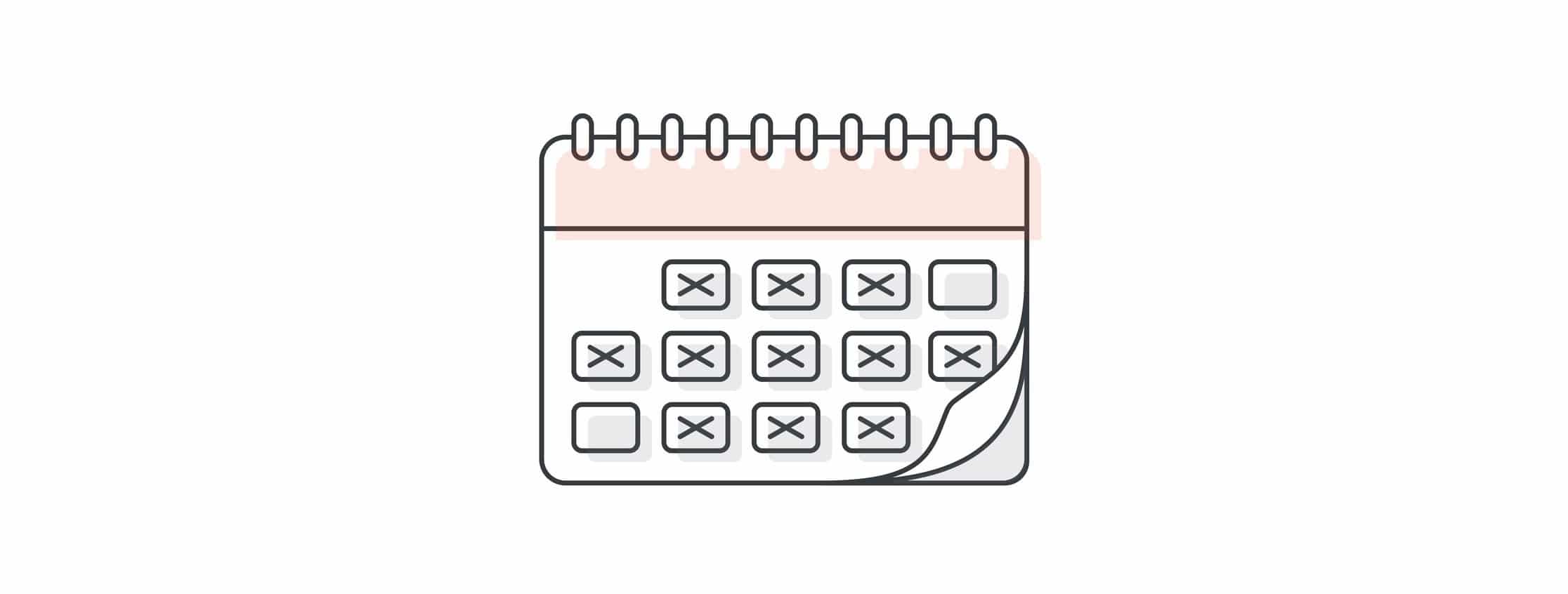With Net Promoter Score (NPS) quickly becoming the ‘gold standard’ to measure customer loyalty & advocacy, a key question that often gets asked is how to ensure that retailers are getting an accurate NPS?
To answer this question, key material that Bain & Co have publish (the creators of NPS) as well other industry leading experts and can be summarised below.

1) An accurate NPS depends on a constant flow of data.
Asking your customers quarterly or sporadically will skew your NPS as many factors will affect the score during different periods. e.g. Customers may be happier while a promotion or sale is on, vs. being unhappier while having to wait longer during busy Christmas times.
This is why getting a constant flow of accurate NPS feedback every day, from every location is so important.

2) Getting to 1,500+ NPS responses by quarter is the ‘gold standard
“The statistical validity of any score always depends partly on response rates; the higher the rate, the greater the accuracy.” -Bain & Co. Regarding statistical accuracy, the industry consensus on NPS is having a sample size of n=500 to ensure the score is +/- 5%.
This basically means once you pass 500 NPS responses the score is 95% accurate. There is a detailed article on this with a nice sliding scale here.
The ‘gold standard’ is a 3% margin of error. This is widely considered to be an excellent margin of error. So if you are consistently receiving say 1,500 NPS responses per store – you will achieve great NPS accuracy.
So 1,500 NPS responses is a good goal to have, to achieve an accurate quarterly view on your NPS score, by store.

3) Don’t forget to minimize your bias
Bias can creep into your data in all sorts of ways – like asking customers face to face or over the phone may prevent them from giving negative scores due to embarrassment.
In situations where you only get NPS from people you can help (e.g. Loyalty members or Newsletter subscribers), this will also skew your data as the NPS isn’t open to non-purchasing customers or non-memberships.
A more serious problem can happen when people try to game the system. I’ve seen setups where the staff can choose who gets the ability to give feedback. In this situation they can ensure only happy customers are given the chance to respond.
Ideally you want to ensure that giving feedback is open to everyone at all times and that it can’t be controlled or obstructed by only being exposed to a select group of customers.

4) Daily discussions about your NPS drives customer focused growth
How do you view your sales reports, opex & other metrics? No doubt you are looking at this by store and region, by day, comparing different time periods and its trends – the experts recommend viewing NPS the same way.
NPS can have its strongest power when there is both a ‘bottoms-up’ and ‘top-down’ management.
As an example of bottoms up – before an Apple store opens they have a quick customer huddle to discuss their NPS – celebrating their customer stories and discussing what they can do better. This ultimately is what will move your customer experience needle & therefore tomorrow’s revenue growth!
About RateIt
RateIt is the market-leader in on-the-spot customer feedback. RateIt helps retailers consistently deliver great customer experiences by gathering NPS and customer comments via engaging touchscreens, delivering insights that matter. For more information, see www.rateitapp.com/.





















